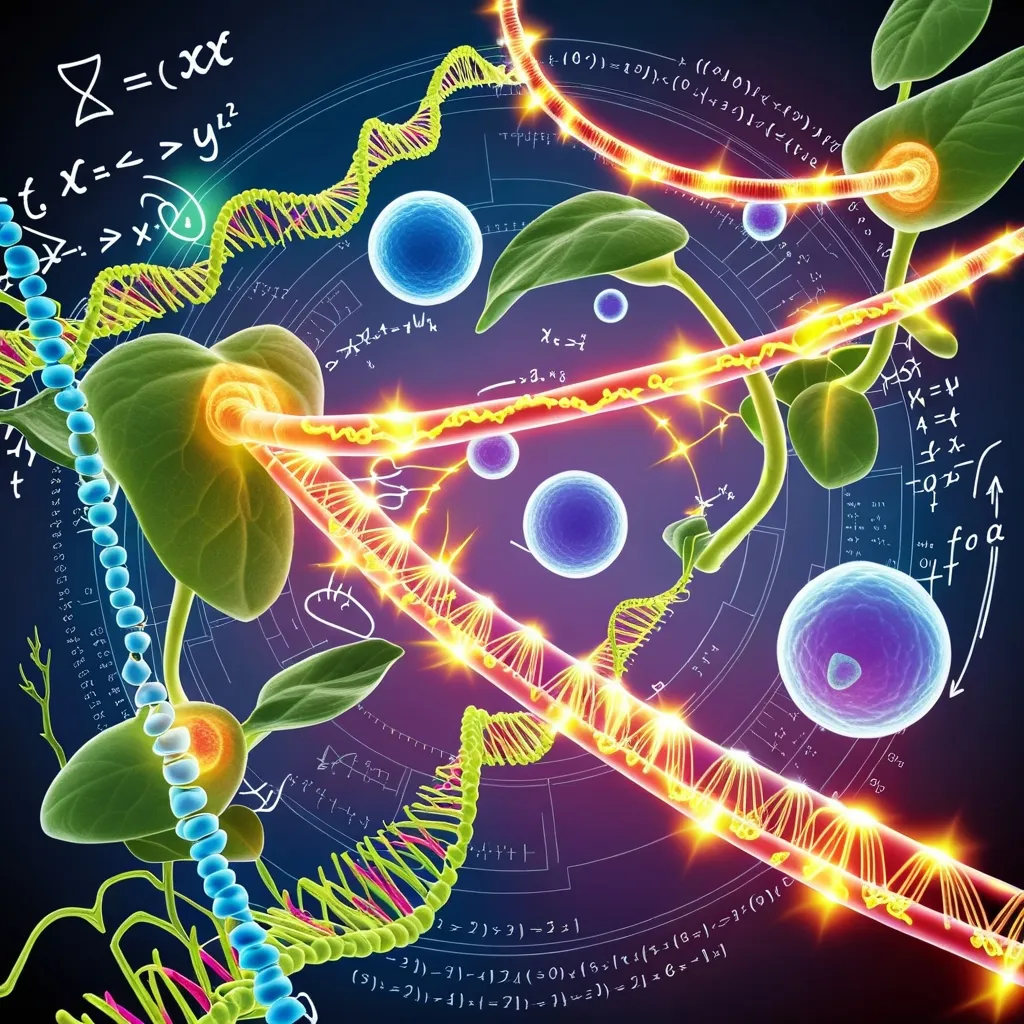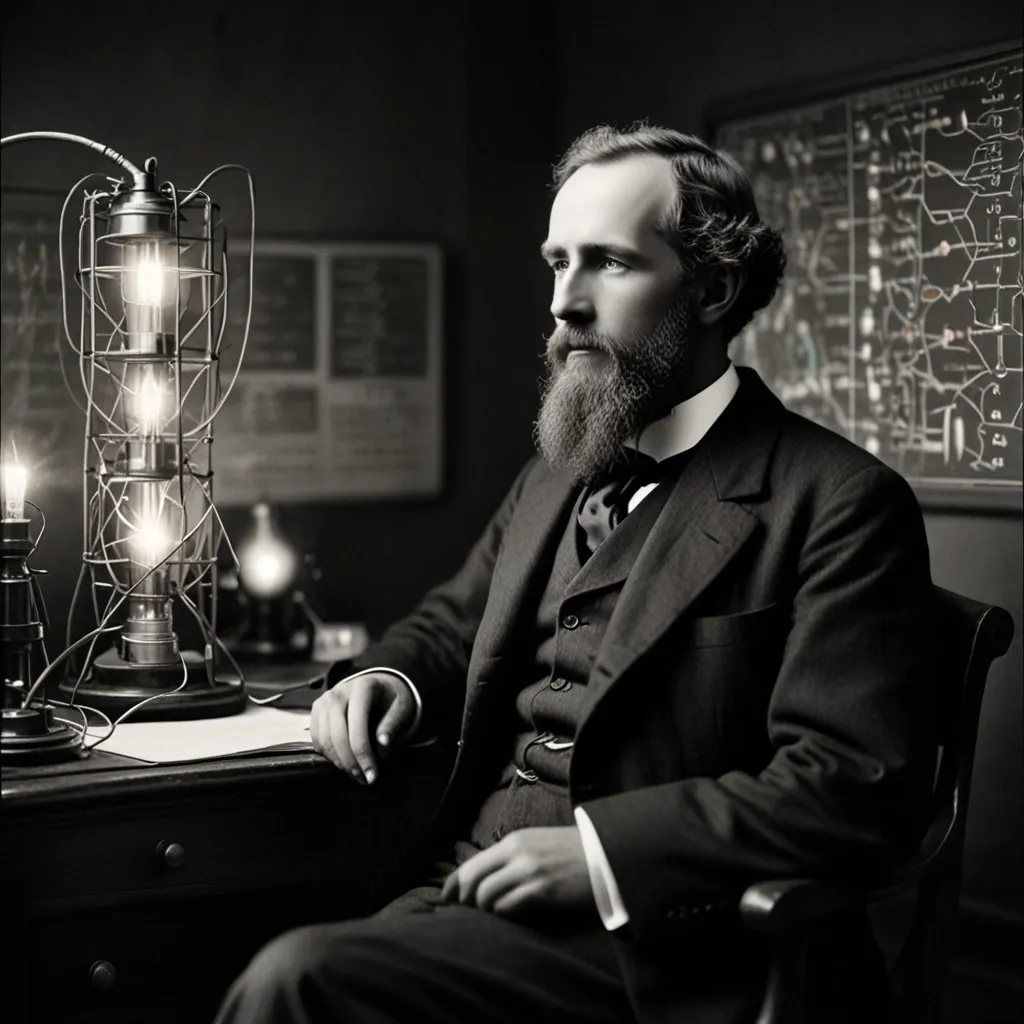If you were a fish, would you even know that the world you live in is made up of water? Probably not. As a fish, you’d exist in this liquid medium without questioning it. Water would simply be a background fact of life, unnoticed yet indispensable.
Humans are similar to fish in this way. We live in a universe permeated by a field without which we couldn’t exist: the Higgs field. But what is this field, and how does it relate to the so-called “God particle”?
In the latter half of the 20th century, physicists developed the Standard Model of particle physics to explain nearly all phenomena and the building blocks of the universe. This model includes twelve fundamental particles and four bosons, particles responsible for the strong force, weak force, and electromagnetism. Gravity, however, is explained separately through general relativity.
While the Standard Model could describe much of the universe, it had a significant flaw: it implied that all force-carrying particles should be massless. This was contradicted by experiments showing that the bosons related to the weak force had mass.
In the late 1950s, this inconsistency puzzled physicists. Various solutions only seemed to create more problems until 1964, when Peter Higgs and others proposed a radical idea. They suggested that force particles are massless but gain mass through interaction with an energy field pervading the universe: the Higgs field.
We typically think of mass as an intrinsic property. Yet, without the Higgs boson, physicists believe mass wouldn’t fundamentally exist. The Higgs field gives particles their mass, underpinning the existence of the universe.
So, how does this work? Imagine different particles interacting with the Higgs field like objects moving through water. A pointed object, like a fish, cuts through water easily, experiencing low resistance. A bulky object, however, faces high resistance. Subatomic particles behave similarly with the Higgs field; those that interact more intensely with the Higgs bosons end up with more mass.
For years, the Higgs boson was a theoretical construct. It wasn’t until 2012, thanks to the Large Hadron Collider, that its existence was confirmed. This discovery validated the Higgs field concept, explaining why particles that make up matter, such as electrons and quarks, have mass.
In essence, just as fish need water to live, we need the Higgs field. It’s a fundamental aspect of our universe, enabling the existence of mass and, consequently, everything we know.






